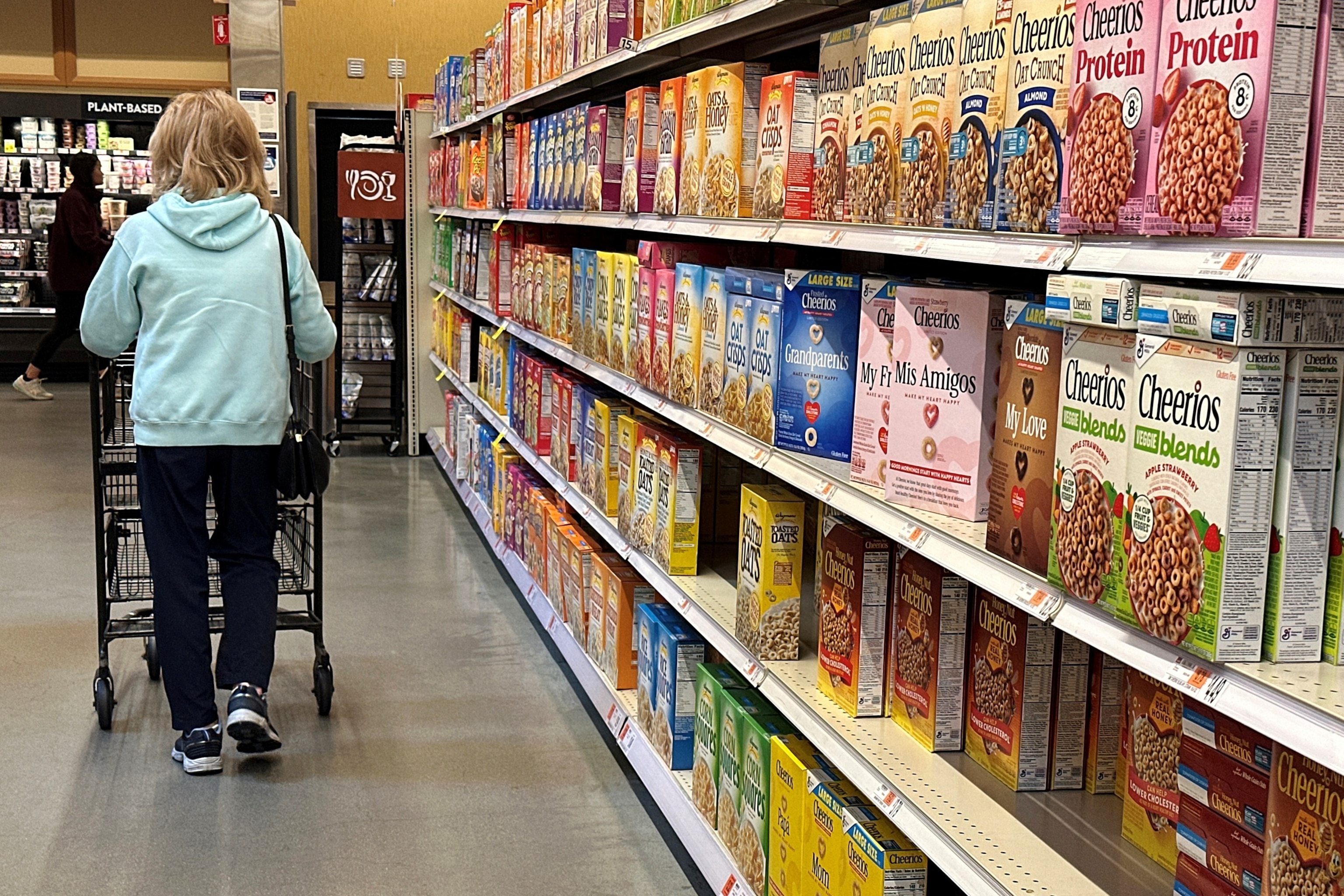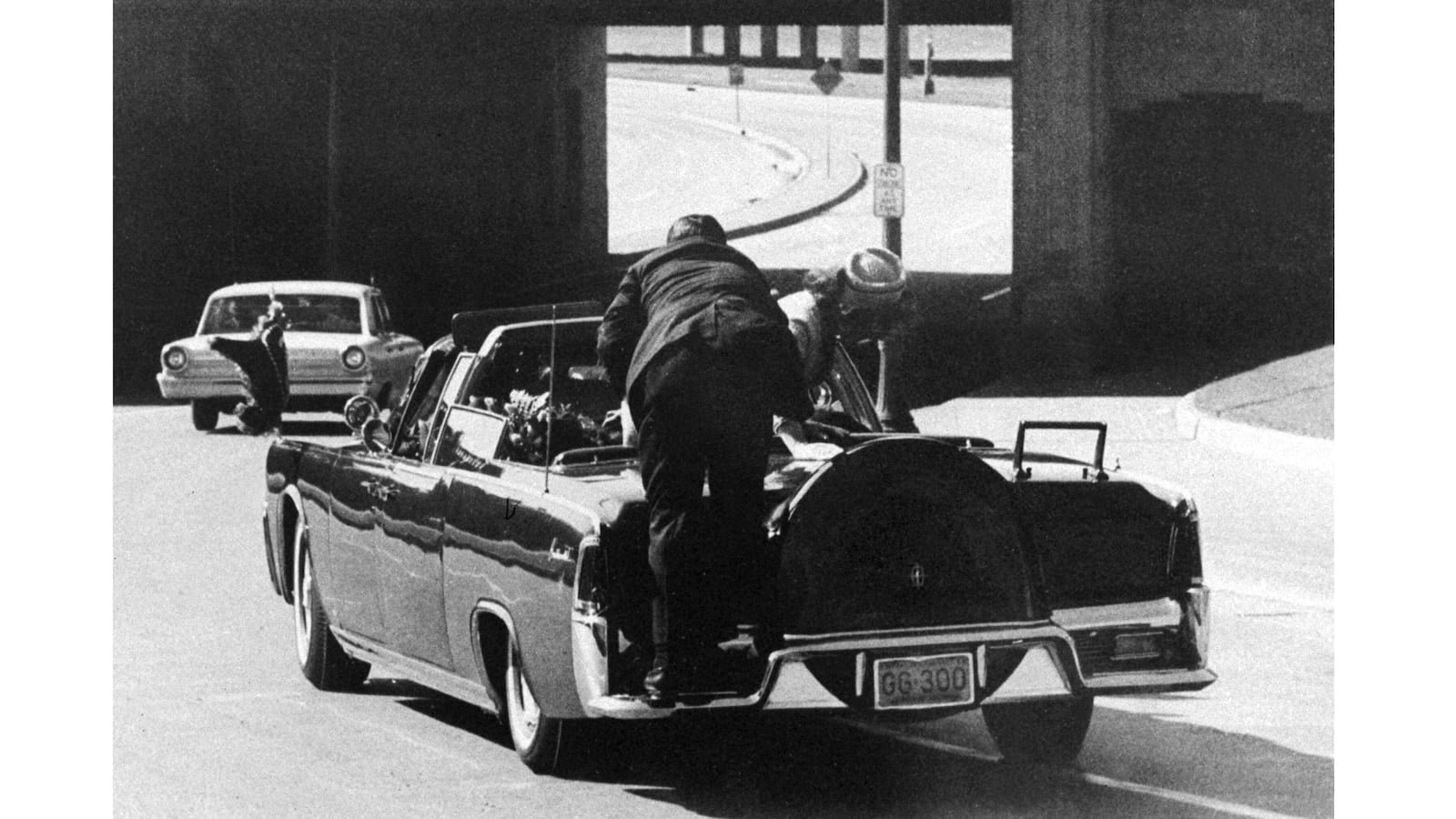Consumer sentiment increases more than expected because Trump rolled back the tariff

Consumer sentiment increased more than expected in June, showing a wave of optimism when President Donald Trump returned several tariffs in recent weeks.
The resurrection of the spending attitude ended six months in a row from the deteriorating sentiment, Michigan University Survey data on Friday shows. Before the uptick, consumer sentiment fell near the lowest level since the inflation attack three years ago.
Annual annual inflation expectations, meanwhile, dropped sharply from 6.6% last month to 5.1% in June, data showed. The anticipated inflation rate will still mark a large increase in inflation of the current year-to-year by 2.4%.
Increased sentiment is reflected in all demographics, including age, income, wealth, political parties and geographical territory, the survey of consumer director Joanne Hsu said in a statement.
In recent weeks, Trump has turned back some of the most steep tariffs, reducing the costs charged on importers. Such companies usually deliver part of a higher tax burden in the form of price increases.
The trade agreement between the US and China cut the Tit-For-Tat tariff between the two largest economies in the world and triggered a surge in stock markets. Within a few days, the Wall Street company soften the estimated decline.
The AS-China agreement came a few weeks after the White House stopped a large number of Trump’s “Liberation Day” rates targeting dozens of countries. Trump also eases the special sector tariff targeting cars and returning tasks for some goods from Mexico and Canada.
However, a 10% cross-papan tariff applies to almost all imports, except for semiconductors, medicines, and several other items. However, the tariff was established in the Limbo Law, after a pair of federal court decisions at the end of last month.
Fixed rates apply to steel, aluminum and cars, as well as some goods from Canada and Mexico.
This week’s fresh inflation data showed a slight acceleration of price increases, but inflation remained close to the lowest level since 2021. So far, the economy has opposed fears of price increases, instead of giving way to Cooldown Inflation for several months since Trump served.

Someone shopped at a grocery store in Medford, Mass., April 22, 2025.
Brian Snyder/Reuters
However, warning signs indicate the possibility of price increases over the next few months.
National retailers such as Walmart and Best Buy have voiced concerns about the possibility they can increase prices as a result of levies.
Organizations for cooperation and economic development, or OECD, said this month hoped that US inflation would reach 4% by the end of 2025, which would mark a sharp increase in the current level.
Chairman of Federal Jerome Powell, in recent months, has warned the possibility that the tariff can cause what economists are called “stagflation,” that’s when inflation rises and the economy is slowing down.
Stagflation can place the central bank in a difficult position. If the Fed raises interest rates, it can help alleviate inflation, but it may be at risk of economic decline. If The Fed cuts interest rates in an effort to spur economic growth, this step can release a faster price increase.
For now, The Fed seems willing to take a waiting-and-see approach. At his last meeting, in May, Fed chose to hold a stable interest rate for the second time in a row.
The Fed will announce the next tariff decision on June 18. Investors set a decision chance to leave an unchanged interest rate at 99.9%, according to The The CME Fedwatch toolmarket sentiment size.






